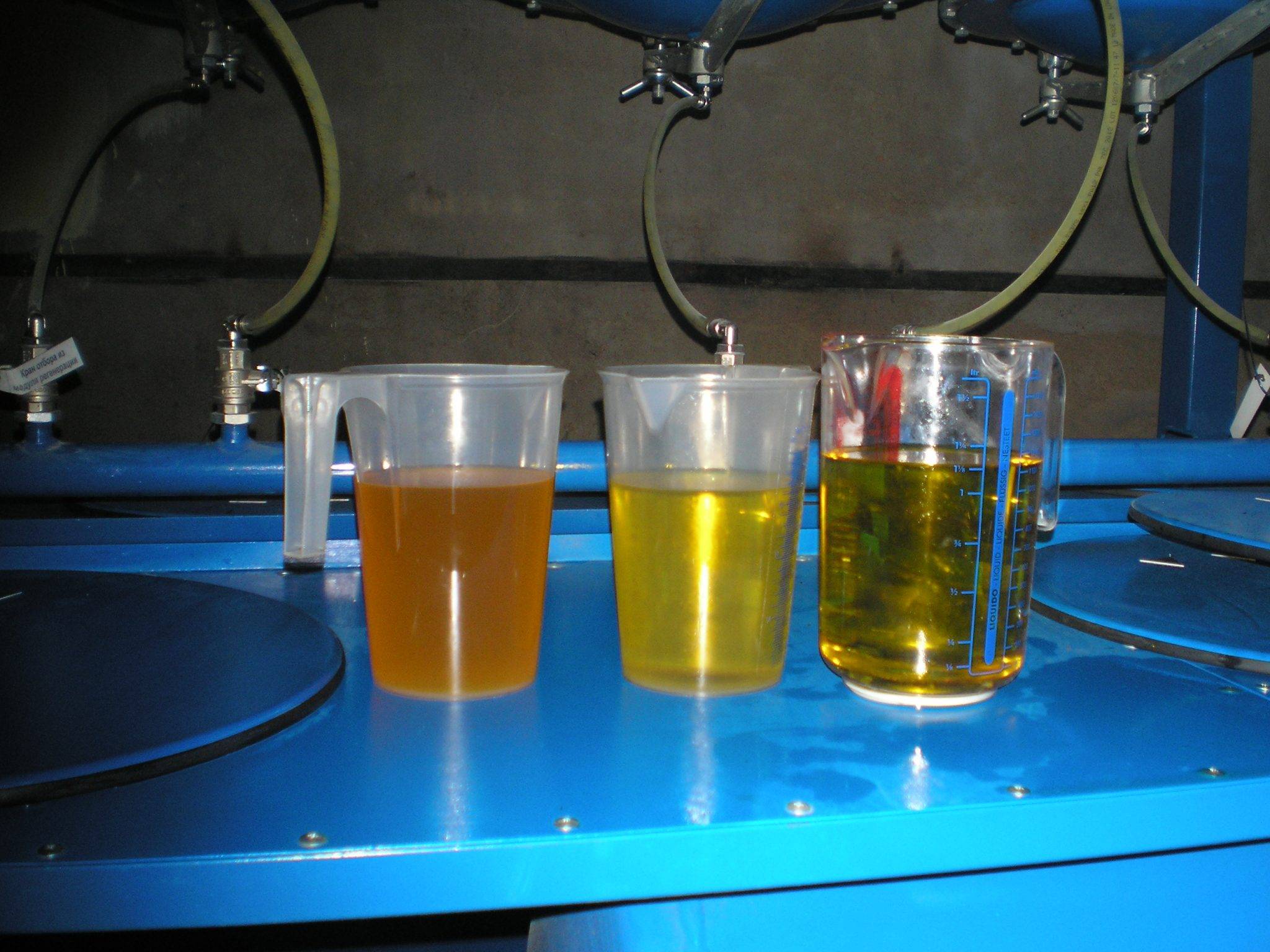The article analyses existing approaches to transformer oil reclamation. It considers acid and alkaline cleaning, vacuum distillation, rectification. It specifies the advantages and disadvantages of each method.
In recent decades, mankind has been facing a threat of ecological catastrophe, This forces to revise procedures dealing with industrial waste, especially waste oil, an attitude of which also changed. A recommended measure for waste oil is – reclamation – restoration of its operation properties and reuse for its intended purpose.
Different methods are used for oil reclamation. When choosing a restoration technology, it is important to consider waste oil characteristics. In some cases only physical method is enough to achieve a good result. In other cases a sequence of processes is needed.
Oil collection and reclamation should be carried out separately, or in groups. The final product is not constant and is defined by the depth of purification and the selected reclamation technology.
Oil reclamation is removal of contaminants or separation of undesirable components: usually including emulsified water, light combustible products, and other mechanical admixtures. Valuable hydrocarbon makes up at least 70-80 % of waste feedstock, low-boiling fractions make up 10.5 % and resinous substances 10-20 %.
Some purification processes are based on the interaction of undesirable components with chemical reagents. These processes include acid cleaning, especially in industrial practice.
Acid cleaning is mainly used to remove:
- asphalt-resinous substances;
- oxidized products;
- unsaturated hydrocarbons;
- compounds containing sulfur and nitrogen;
- aromatic compounds.
In most cases, 92-96 % sulfuric acid is used for purification. Its consumption is different for each case, and should be determined experimentally. Optimal flow temperature is also found by tests and in most cases is 35-80 °C.
Result of this purification is acid sludge Its disposal requires additional high costs. This is one of the main drawbacks of this method.
Alkali cleaning can be used as an autonomous process, or in combination with sulfuric acid cleaning. It removes the following substances:
- organic acids;
- sulfur-containing compounds;
- phenols.
In most cases, 2-15 % water solutions of sodium hydroxide are used. Its required amount is also determined experimentally and ranges from 2 to 15 %. The degree of purification depends on the flow temperature, so the neutralization is carried out at 70-90 °C.
Alkali contacts with oil for 5-10 min. It is necessary to stir it during the process.
Wastes resulting from alkali cleaning, may be used in the production of naphthenic soap and emulsifiers.
Fractional distillation and rectification under vacuum are also known as purification methods. Distillation is separation of hydrocarbons of various molecular weight. Vacuum distillation and rectification are splitting waste oil into fractions of different viscosity.
When choosing a particular type of waste oil reclamation, it is necessary to consider the results of preliminary studies, that allow to calculate the approximate quality of the product.

